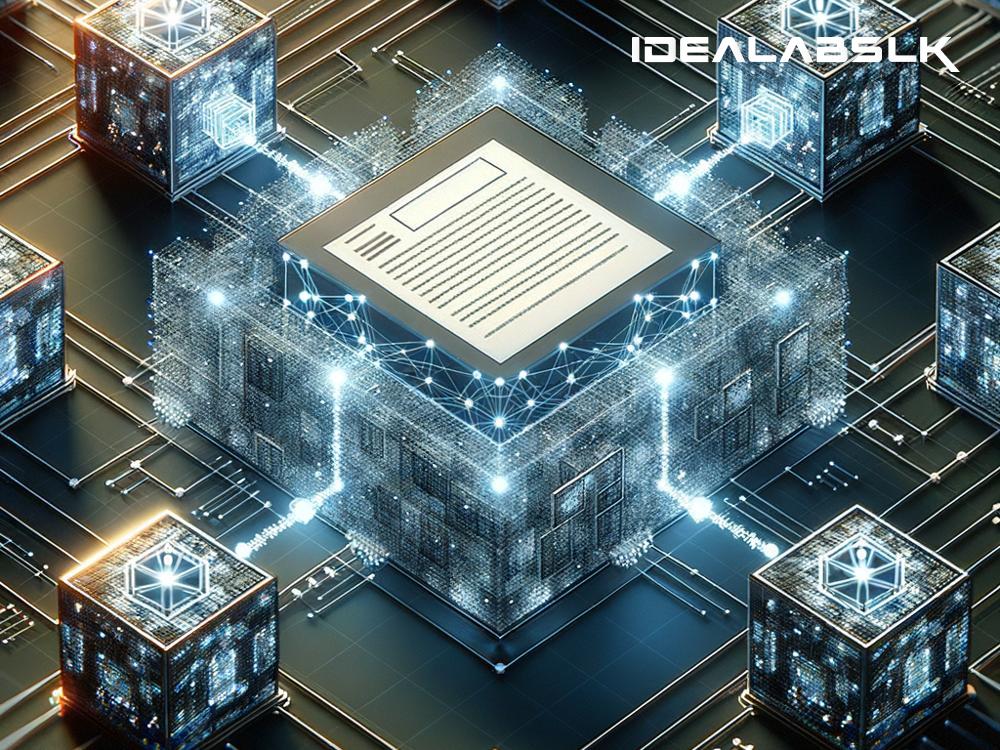Unlocking the Puzzle: How Blockchain Transforms Document Verification
In a world overflowing with information and data, verifying the authenticity of a document can often feel like navigating through a complex maze. The process is fraught with challenges, from potential forgery to data tampering. However, the emergence of blockchain technology has begun to reshape this landscape, introducing a revolutionary method to ensure the integrity and validity of documents. Let's decode, in simple English, how blockchain works in document verification and why it could be the game-changer we've all been waiting for.
What is Blockchain?
Imagine a digital ledger, not unlike a notebook, that records transactions — except, in this case, the notebook is shared across a network of computers globally. This ledger isn't stored in one place but is distributed across numerous devices, making it nearly impossible to tamper with. Each entry in the ledger is linked to the previous one, creating a chain — hence the name, blockchain. The beauty of this system lies in its transparency and security: every change or addition is visible to all who have access, yet altering any information retroactively is virtually unfeasible.
The Challenge with Traditional Document Verification
Traditionally, verifying a document involves a lot of steps and entities, such as notaries or governmental agencies, which can be time-consuming and costly. There's always a lingering risk of documents being forged, lost, or altered without authorization. In a digital setting, where documents are often stored on centralized servers, security breaches can lead to data theft and manipulation.
How Blockchain Comes to the Rescue
Blockchain technology offers a groundbreaking solution to these challenges. Here's how it works in the context of document verification:
-
Digital Fingerprints: Every document can be given a unique digital identity or 'fingerprint' through a process called hashing. Think of this as a digital signature that represents the content of the document. If the document changes even slightly, its digital fingerprint also changes.
-
Immutable Records: Once a document's fingerprint is recorded on a blockchain, it's distributed across the network's entire ledger. This means the document's verification record doesn't exist in just one place but is replicated on thousands of computers. Altering the record would require changing the fingerprint on all these distributed ledgers simultaneously, an almost impossible feat.
-
Transparency and Accessibility: The blockchain provides a transparent and accessible verification trail. Anyone with permission can verify the authenticity of a document by checking its digital fingerprint against the one recorded on the blockchain. This process can be performed in seconds, vastly reducing the time and cost associated with traditional verification methods.
-
Smart Contracts: Blockchain can automate the verification process through smart contracts. These are self-executing contracts with the terms of the agreement directly written into code. For example, a smart contract could automatically validate a document once certain conditions are met, streamlining operations and reducing the need for intermediaries.
Real-World Applications
The implications of blockchain in document verification span across various sectors:
- Education: Universities can issue degrees as digital documents recorded on a blockchain. Employers can easily verify the authenticity of a candidate's educational credentials without having to contact the institution.
- Government: Vital records, such as birth certificates and property deeds, can be securely stored and verified on a blockchain, reducing fraud and ensuring easy access.
- Healthcare: Patient records can be kept secure and private, yet easily shareable and verifiable between authorized institutions, enhancing privacy and trust in medical information sharing.
The Road Ahead
While the potential of blockchain in document verification is immense, it's not without challenges. Issues such as scalability, regulatory acceptance, and the digital divide need addressing to fully unleash the power of blockchain. However, as technology advances and more sectors begin to explore and adopt blockchain solutions, we may soon find ourselves in a new era of integrity, security, and trust in document verification.
Conclusion
Blockchain technology is transforming document verification, offering a secure, transparent, and efficient method to ensure the authenticity of documents. By leveraging this innovative technology, we can significantly reduce the risk of fraud and tampering, cutting through the complex maze of traditional verification processes. As we continue to explore and refine blockchain applications, the future of document verification looks brighter than ever, promising a world where information integrity is no longer a puzzle but a guaranteed reality.

